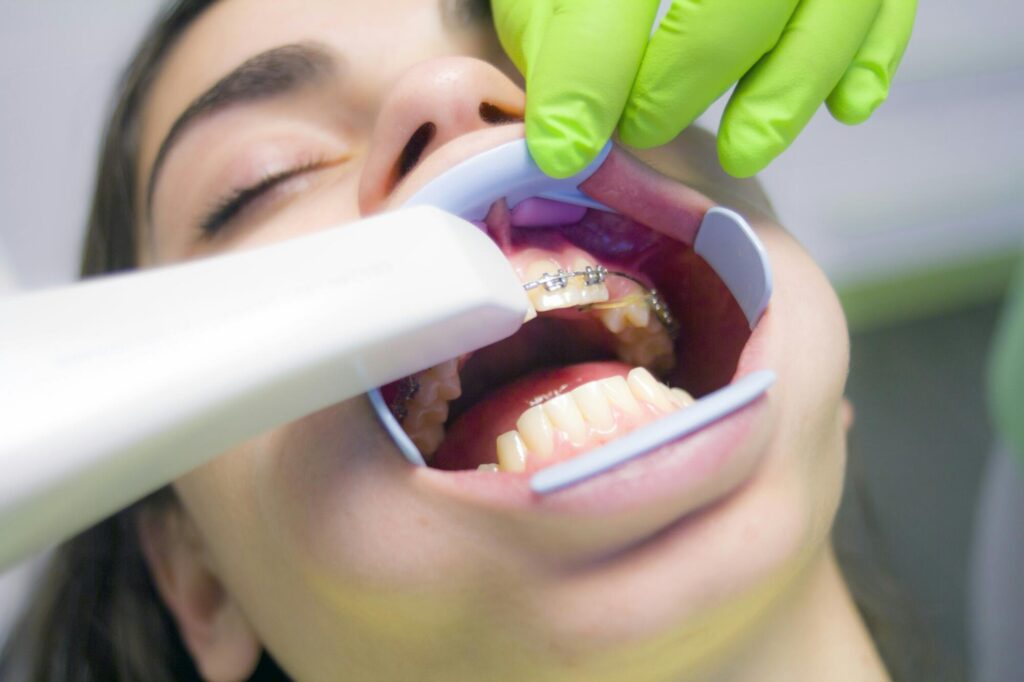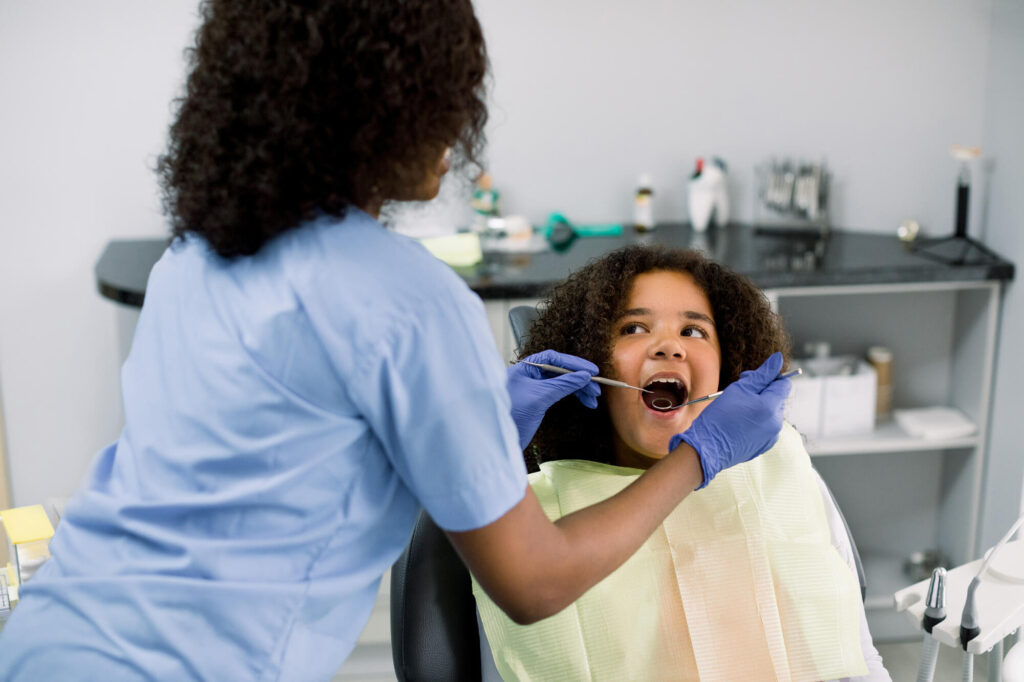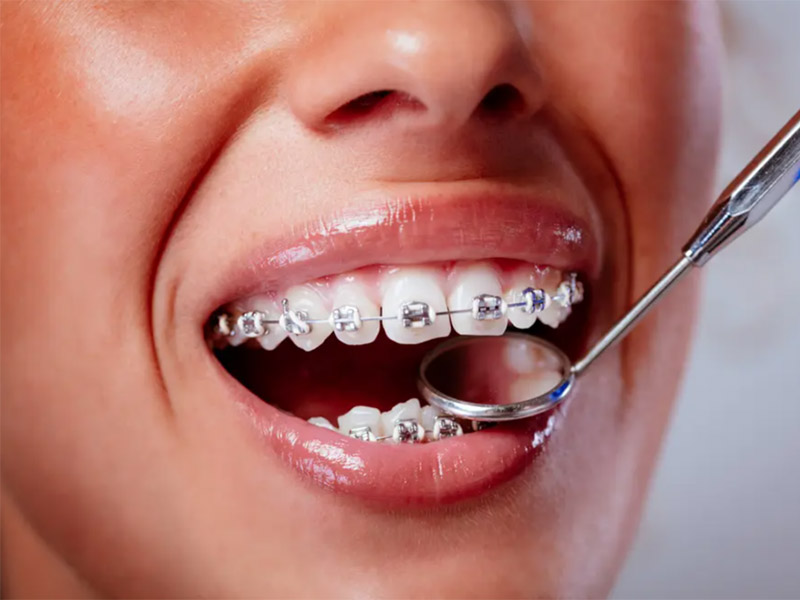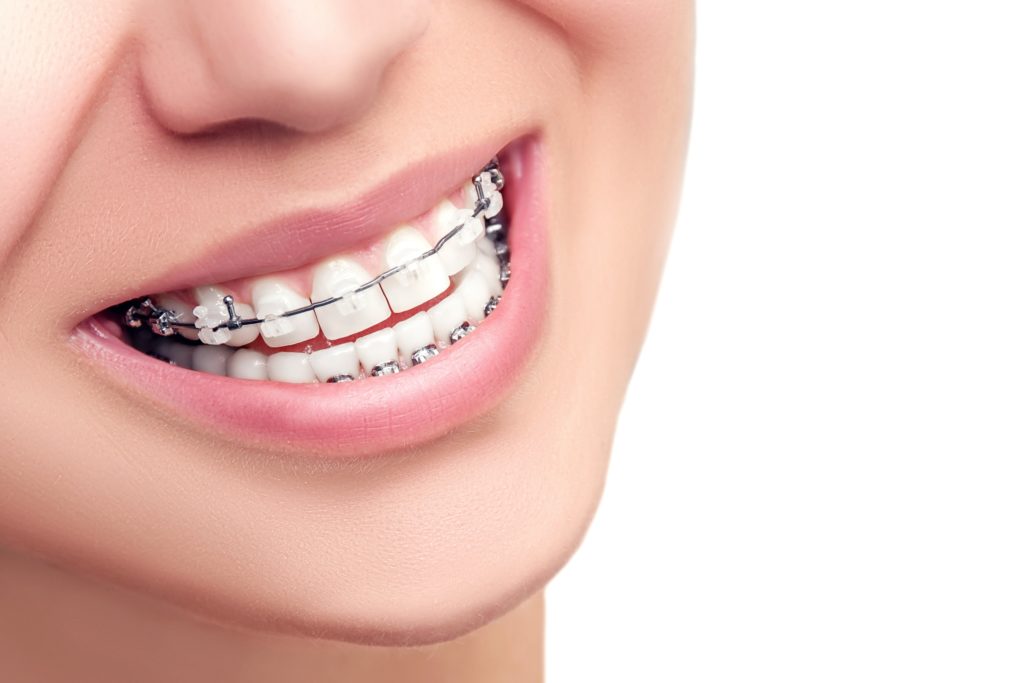September 13, 2024
Imagine achieving straight teeth using the power of nature! In today’s world, orthodontic treatments are evolving beyond traditional braces.
Instead, the experts are creating solutions that mimic natural processes. With these techniques, getting a beautiful smile is now easier than ever. Ready to discover how?
Let’s go through how to get straight teeth with natural treatment.
3D-Printed Custom Aligners
3D-printed custom aligners help create personalized treatment plans for each patient’s unique dental structure. This process starts with a digital scan of the patient’s teeth. That scan is used to design aligners that fit perfectly. It ensures optimal comfort throughout the treatment.
The orthodontic team carefully calibrates each set of aligners to guide teeth into place with minimal discomfort, using gentle, consistent pressure. It often results in shorter treatment times compared to traditional methods.
Many companies now offer aligners made from recyclable or biodegradable materials, reducing the environmental impact of traditional braces or aligners made from less sustainable materials. The 3D printing process itself is efficient and generates less waste.
Each aligner is produced with exact measurements, reducing excess material use. The ability to print aligners on demand also reduces the need for shipping and large-scale production.
Prevention-Focused Approach for Children
By starting early, orthodontists can identify potential issues quickly. That makes it much easier to use gentle, nature-inspired methods to encourage proper tooth alignment and jaw growth.
They’ll monitor a child’s dental development. As needed, they can use treatments like space maintainers or palatal expanders. These options gently guide teeth and jawbones into their optimal positions.
A prevention-focused strategy is different from reactive treatments. Reactive treatments wait for problems to happen. This strategy works with the body’s natural growth patterns.
Early intervention can lower the need for braces. It can also shorten the time a child needs to wear them. This method helps the jaw grow naturally and makes space for adult teeth. This reduces crowding, misalignment, and bite problems later on.
Breathing and Posture Correction
Taking cues from the intricate relationship between bodily systems in nature, some orthodontic approaches now incorporate breathing and posture correction as part of treatment. This holistic method recognizes that proper oral posture and breathing patterns can significantly influence facial development and dental alignment.
Treatments now include exercises and awareness techniques to improve overall body posture. This is based on the understanding that:
- Head and neck posture can affect jaw position and, consequently, tooth alignment
- Improved posture may help alleviate tension in the jaw and facial muscles
- Better body alignment can contribute to more efficient breathing patterns
Incorporating specific breathing exercises into orthodontic treatment plans can:
- Encourage proper use of the diaphragm and nasal passages
- Potentially influence facial muscle tone and jaw position
- Complement other orthodontic interventions by promoting overall orofacial health
By addressing breathing patterns and posture, these nature-inspired techniques aim to make dental alignment easier. They work well with the body’s natural tendencies. This can improve the effectiveness of traditional orthodontic methods. It may also help with long-term results.
Sustainable Practices in Orthodontic Clinics
Sustainable orthodontics focuses on minimizing waste, using energy-efficient tools, and incorporating materials that are better for both patients and the planet. By integrating these practices, clinics can provide top-quality care while promoting environmental responsibility.
One way clinics are embracing sustainability is by reducing single-use plastics and opting for reusable or biodegradable alternatives. For example, many orthodontists now use recyclable clear aligners or stainless-steel wires with a lower environmental footprint.
Clinics are using digital scanning instead of traditional molds, which reduces waste and the need for disposable materials.
Holistic Orthodontics
In holistic orthodontics, treatments are designed to be minimally invasive. They often use biocompatible materials that are safe for the body. For example, patients can choose options like metal-free braces or aligners made from safe, eco-friendly materials.
This ensures that treatments are gentle on the body and free from harmful chemicals. These orthodontists often work with other healthcare professionals, such as nutritionists or physical therapists, to address broader issues.
InBrace Treatments
Another available option for nature-inspired teeth straightening is InBrace. InBrace is different from traditional braces or clear aligners. It uses special smartwires that go behind the teeth. This makes them almost invisible.
This design allows patients to undergo orthodontic treatment without visible metal brackets or trays, while still achieving impressive results.
Choosing Sustainable Orthodontists for Nature-Inspired Teeth Straightening
Once you’ve decided on sustainable orthodontics, you’ll want to choose the right professional.
Consider orthodontists who embrace digital technologies. Virtual consultations and 3D printing can majorly reduce the carbon footprint.
Seek out practitioners who educate their patients on sustainable oral care practices. This might include:
- Recommending bamboo toothbrushes
- Giving out plastic-free floss
- Providing guidance on proper recycling of orthodontic materials
Straight Teeth: Use These Natural Means Today
Now that you know about these natural orthodontic methods, you have no excuse! It’s time to get on the journey to straight teeth.
Are you searching for sustainable dental treatments in the Tampa Bay area? SouthShore Orthodontics works to provide the best possible care in a friendly and welcoming environment.
Schedule a consultation with us today.







